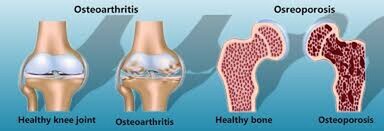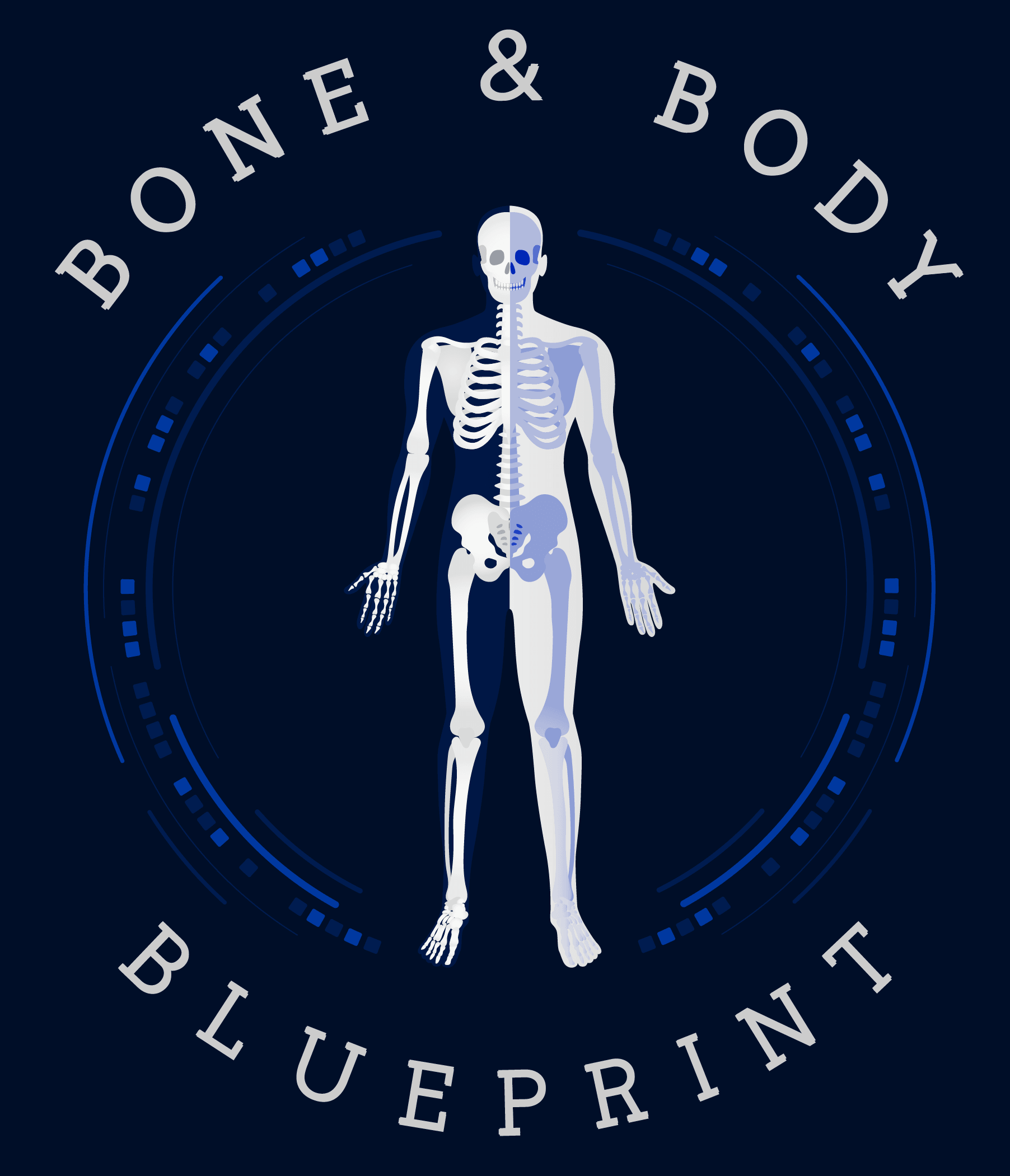Osteoporosis and osteoarthritis are two common conditions that affect bone and joint health, yet they are often confused. Understanding the difference between these conditions is crucial for early detection, prevention and effective management.
In this article, we’ll explore the causes, symptoms, diagnostic tools and treatment options for both.
The Difference Between Osteoporosis and Osteoarthritis
Although osteoporosis and osteoarthritis both affect the skeletal system, they are fundamentally different conditions.
Osteoporosis is a disease that weakens bones, making them brittle and more prone to fractures. It is often referred to as a “silent disease” because it progresses unnoticed until a fracture occurs.
Osteoarthritis is a degenerative joint condition that results from the breakdown of cartilage, causing joint pain, stiffness and reduced flexibility. Unlike osteoporosis, which affects bone density, osteoarthritis impacts the joints and surrounding tissues.
The Causes of Osteoporosis and Osteoarthritis
Causes of Osteoporosis
Osteoporosis is primarily linked to factors that contribute to bone loss or weakened bone structure, including:
Hormonal changes – A drop in estrogen during menopause in women and a decrease in testosterone in men can lead to bone loss.
Calcium and vitamin D deficiency – These nutrients are essential for bone strength. A lack of them can contribute to weakened bones.
Sedentary lifestyle – Inactivity and a lack of weight-bearing exercises can lead to lower bone density.
Medication side effects – Certain medications, such as long-term corticosteroid use, can increase the risk of osteoporosis.
Genetics – A family history of osteoporosis may increase the likelihood of developing the condition.
Causes of Osteoarthritis
Osteoarthritis, on the other hand, is primarily caused by joint wear and tear over time. Factors that contribute to its development include:
Aging – Cartilage naturally wears down as we age, making osteoarthritis more common in older adults.
Genetics – Some individuals inherit a predisposition to joint problems.
Obesity – Excess weight puts additional strain on joints, particularly in the knees and hips.
Injury or overuse – Joint injuries or repetitive stress from activities such as heavy lifting or sports can accelerate cartilage breakdown.
Recognising the Symptoms
Symptoms of Osteoporosis
Osteoporosis often remains undetected until a fracture occurs. However, some subtle signs include:
Loss of height over time
A stooped posture
Fragile bones that break easily, even from minor falls or bumps
Symptoms of Osteoarthritis
Unlike osteoporosis, osteoarthritis presents noticeable joint-related symptoms, including:
Persistent joint pain and stiffness
Swelling or tenderness in affected joints
Decreased flexibility and range of motion
A grinding sensation when moving the joint
How These Conditions Are Diagnosed
Osteoporosis Diagnosis: The Importance of Bone Density Tests
Because osteoporosis progresses silently, regular bone density tests are crucial for early detection. A DXA (Dual-Energy X-Ray Absorptiometry) scan is a simple and effective test that measures bone mineral density. This scan helps identify bone loss before fractures occur, allowing for timely intervention.
Osteoarthritis Diagnosis: X-Rays and Clinical Assessment
Osteoarthritis is usually diagnosed through a combination of a physical examination and imaging tests. X-rays help detect cartilage loss, bone spurs and joint space narrowing. A healthcare professional will also assess symptoms and medical history to determine the best course of action.
Treatment and Management Options
Treating Osteoporosis
Managing osteoporosis focuses on strengthening bones and preventing fractures. Treatment options can include:
Calcium and vitamin D supplements - Essential for maintaining bone strength.
Weight-bearing exercises - Activities like walking, weight training and resistance exercises help improve bone density.
Medications - Prescription drugs such as bisphosphonates can slow bone loss and reduce fracture risk.
Managing Osteoarthritis
While there is no cure for osteoarthritis, treatment aims to relieve pain and improve joint function. Strategies can include:
Pain relief medications - Over-the-counter pain relievers, anti-inflammatory drugs or prescription treatments.
Physical therapy - Strengthening exercises and movement therapies can help maintain joint function.
Lifestyle changes - Weight management, low-impact exercise and joint-friendly activities like swimming or yoga can help alleviate symptoms.
Surgery – In severe cases, joint replacement surgery may be recommended.
Prevention: Taking Control of Your Bone and Joint Health
Both osteoporosis and osteoarthritis can be managed and even prevented with proactive steps. A balanced diet rich in calcium and vitamin D, regular physical activity and early screening can help protect bone and joint health.
At Bone and Body Blueprint, we are passionate about osteoporosis detection through our DXA (or DEXA) scanner, ensuring early intervention before fractures occur.
Follow us for more information and tips on bone health.




